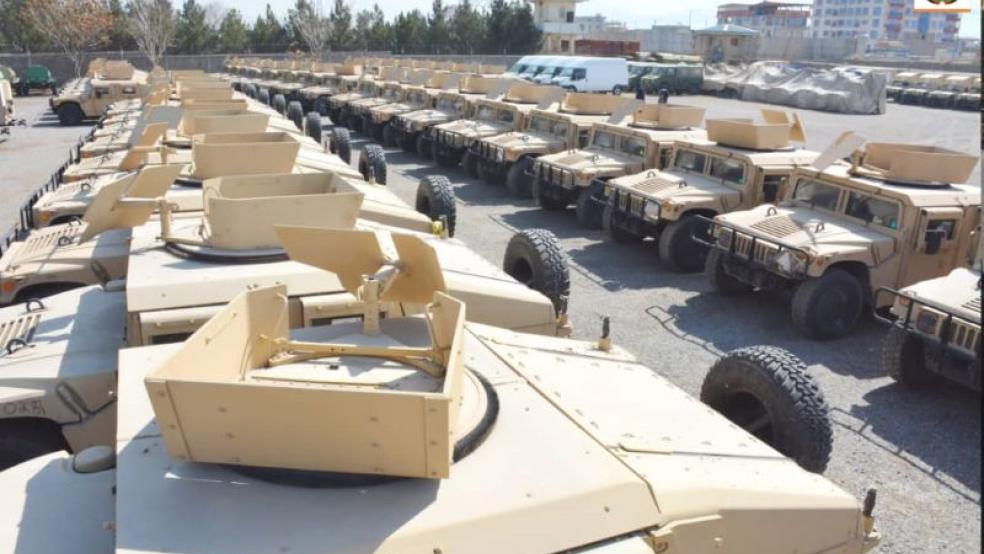A new in-depth report from the Special Inspector General for Afghanistan Reconstruction examines the collapse of the Afghan security forces in August 2021 – a collapse that occurred despite the expenditure of billions of U.S. dollars and the loss of thousands of American and Afghan lives over nearly two decades.
“Since 2002, the United States has allocated nearly $90 billion in security sector assistance to the Afghan National Defense and Security Forces (ANDSF), with the goal of developing an independent, self-sustaining force capable of combating both internal and external threats,” the report says.
Nevertheless, the Afghan military collapsed in a matter of days once it was on its own. The SIGAR report identifies a handful of short-term factors that led to the sudden failure, including a devastating loss of confidence among Afghan soldiers after the agreement signed by the Trump administration and the Taliban in 2020 signaled that the U.S. was looking for a quick exit, as well as the failure of the Afghan government to take responsibility for its own security ahead of the withdrawal.
But the breakdown in Afghanistan was the product of years of questionable assumptions and futile efforts. The report identified eight long-term factors that made the collapse all but inevitable:
(1) the length of the U.S. commitment was disconnected from a realistic understanding of the time required to build a self-sustaining security sector; (2) no one country or agency had ownership of the ANDSF development mission; (3) advisors were often poorly trained and inexperienced for their mission, while frequent personnel rotations impeded standardization, continuity of effort, and institutional memory; (4) the lack of effective interagency oversight and assessment programs prevented a clear picture of reality on the ground; (5) Afghan corruption eroded ANDSF capabilities; (6) U.S. training, logistics and weapons procurement policies undermined its stated goal of creating a self-sustaining Afghan military; (7) the United States perpetuated pre-existing ethnic and regional tensions rather than achieving stated mission goals of force diversity and unification; and (8) the U.S. and Afghan governments failed to develop a police force effective at providing justice and protecting Afghan citizens from crime.
One particularly glaring problem revolved around the use of American contractors to maintain the equipment used by the Afghan military. The U.S. knew that Afghanistan would need to rely on those contractors for years – maintaining the fleet of Blackhawk helicopters would require outside help until at least 2030, according to one Pentagon report – but they were withdrawn along with U.S. forces, guaranteeing the rapid degradation of crucial military capabilities.
“We built that army to run on contractor support,” retired Lieutenant General David Barno said. “Without it, it can’t function. Game over ... When the contractors pulled out, it was like we pulled all the sticks out of the Jenga pile and expected it to stay up.”
No lessons learned? Inspector General John Sopko says there are plenty of lessons to learn from the U.S. experience in Afghanistan, including the need to establish oversight early and to coordinate the efforts of various parts of the U.S. government.
But Sopko isn’t hopeful. “I’m not super optimistic that we are going to learn our lessons,” he told reporters Tuesday. “Learning lessons is not in our DNA in the United States, unfortunately.”




